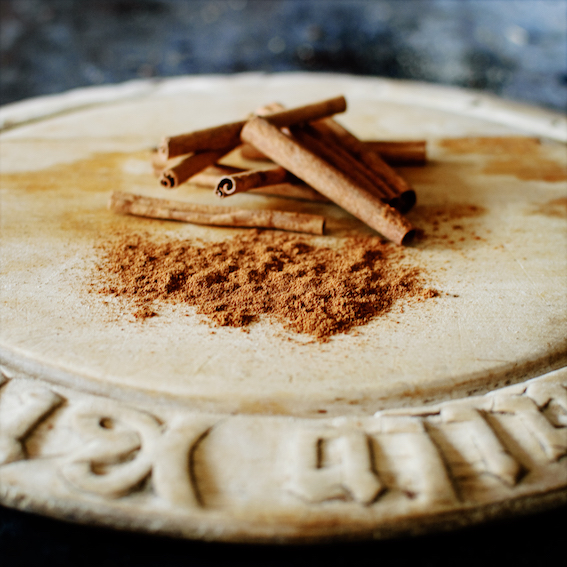Cinnamon: a multitalented spice

Cinnamon was popular with the Ancient Egyptians as a perfuming agent during the embalming process, and was mentioned in the Old Testament as an ingredient in anointing oil. Legend holds that the Roman emperor, Nero, burned cinnamon on the funeral pyre of his second wife, Poppaea Sabin, in 65 AD to atone for his role in her death.
Today, there are two main varieties of cinnamon available: Ceylon and cassia cinnamon. Cassia cinnamon is largely produced in Indonesia and is the variety most widely available for sale. It also has the stronger smell and flavour of the two. The more expensive Ceylon cinnamon has a more subtle, sweeter flavour and is better suited to baking and sprinkling on hot drinks such as coffee or chocolate.
Perhaps one of the benefits for which cinnamon is most reputed today is as a blood sugar balancing agent, which is proving to be very useful in the management of type 2 diabetes.
Cinnamon also gently stimulates the circulatory system by relaxing and widening the vessel walls, which is particularly effective for issues such as cold hands and feet. It is also a powerful anti-fungal agent, especially useful in cases of fungal infections of the digestive tract, such as Candidiasis.
Cinnamon has very potent anti-oxidant properties, so much so that it is sometimes used as a food preservative. It also acts as an anti-inflammatory and aids digestion by increasing gastro-intestinal enzyme secretions. It is an excellent source of minerals such as potassium, calcium, manganese, iron, zinc and magnesium and also contains vitamin A and vitamins B3, B5 and B6.
Use liberally in sweet or savoury cooking and baking, as well as on yogurts and cereals such as muesli. Cinnamon makes a delicious and healthy substitute for sugar.
2 Comments
apuginthekitchen
Great post. I used to give my diabetic dog cinnamon every day to help regulate his blood sugar. Love cinnamon.
The Healthy Epicurean
Gosh that’s interesting – I didn’t know it worked for dogs too, although why wouldn’t it really… I love cinnamon too – I put it on my yoghurt and muesli everyday. 🙂 Hugo and Java say ‘woof’ to you and Percy.